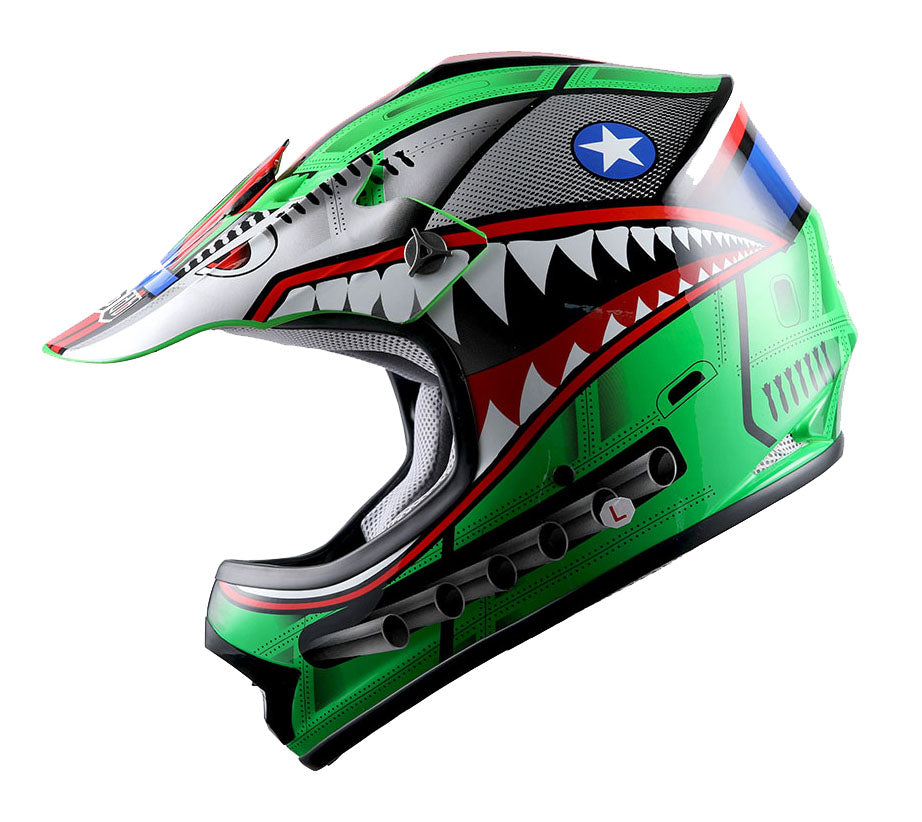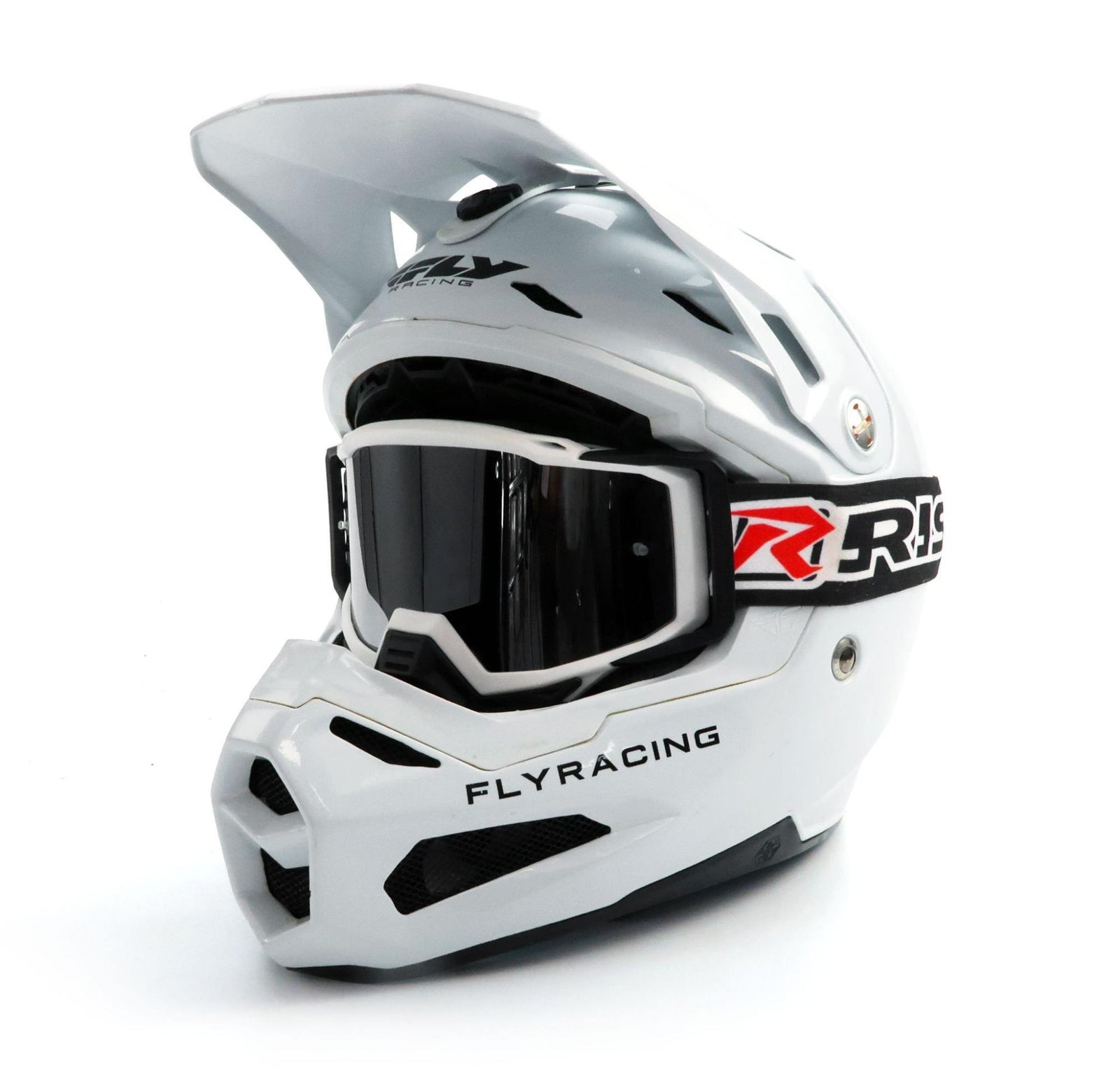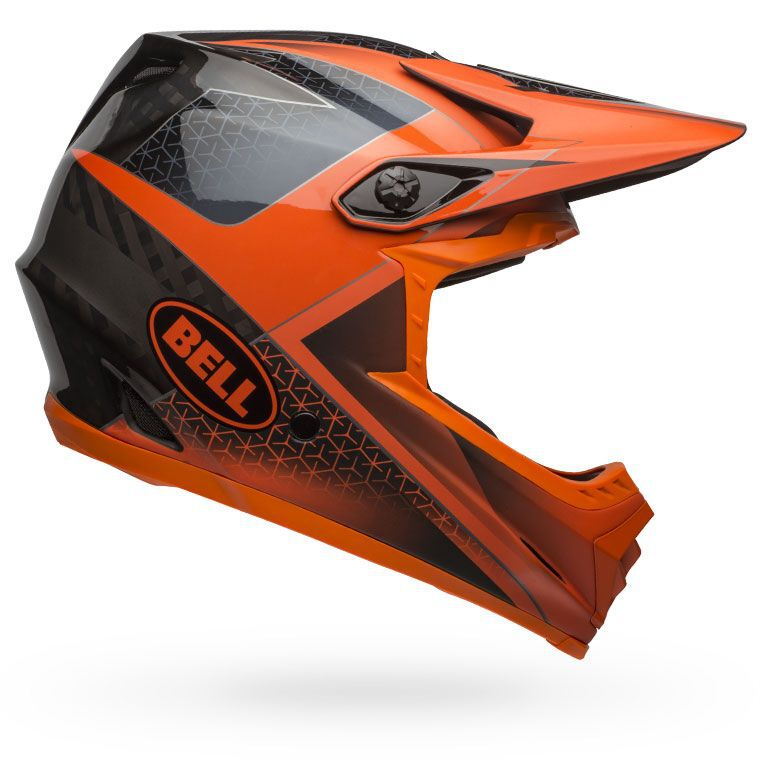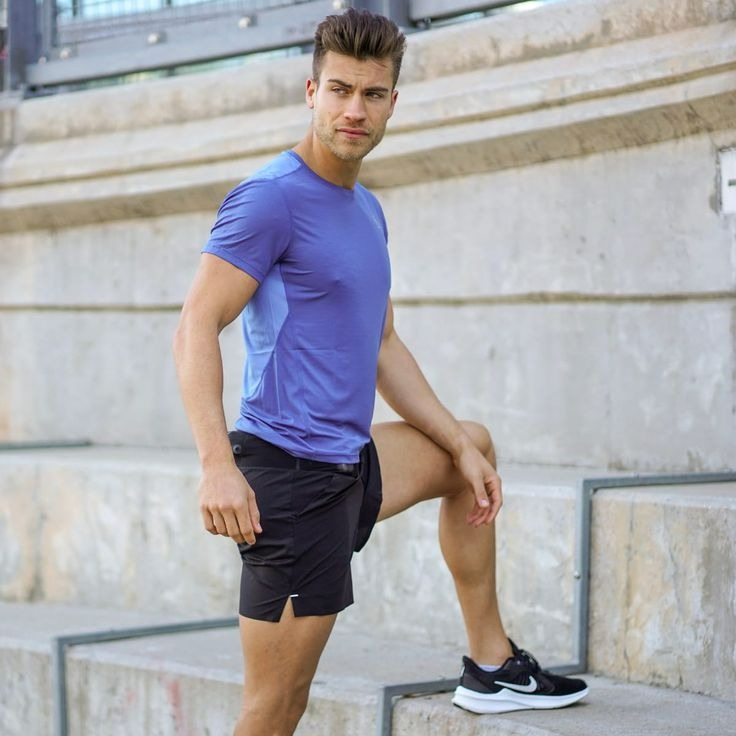Introduction to Dirt Bike Helmets
Dirt bike riding is an exhilarating sport filled with speed and adventure. However, it’s also fraught with risks. Riding on rough terrains and unpredictable paths requires riders to prioritize safety. One of the most critical pieces of safety gear for any dirt bike rider is the helmet. Helmets protect riders from serious head injuries in case of falls or collisions. They serve as a crucial barrier between the rider and potential hazards, ensuring a safer riding experience.
Dirt bike helmets are specifically designed to withstand the unique challenges of off-road riding. They offer advanced features such as enhanced ventilation, lightweight materials, and specially designed visors. This article delves into the significance of dirt bike helmets, their essential features, and how to choose the perfect helmet for your needs.
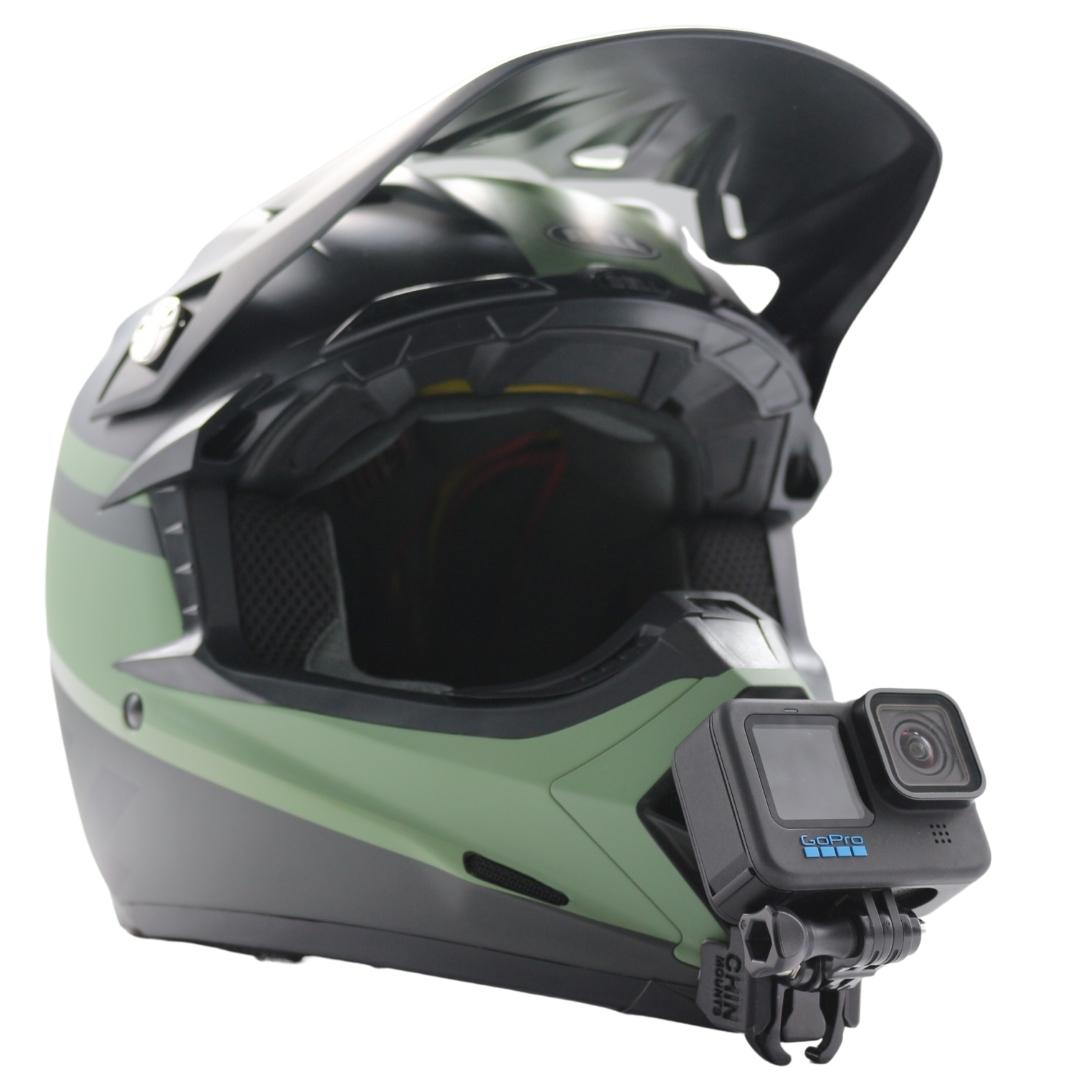
Importance of Dirt Bike Helmets
Safety and Protection
The primary purpose of a dirt bike helmet is to safeguard the rider’s head. Off-road riding involves navigating through rocky paths, muddy trails, and uneven terrains. These conditions increase the likelihood of falls and accidents. A high-quality helmet effectively absorbs impact and prevents severe head injuries. This protection is crucial for both novice and experienced riders.
Helmets feature a hard outer shell, usually made of polycarbonate or fiberglass composite. This hard shell disperses the force of impact, reducing the risk of skull fractures. Inside the helmet, there is a layer of impact-absorbing foam, typically made of expanded polystyrene (EPS). This foam cushions the head and minimizes the impact on the brain. Additionally, helmets often include a padded liner for added comfort and protection.
Legal Requirements and Compliance
Wearing a helmet is not just a safety measure; it is also a legal requirement in many regions. Different countries and states have specific laws mandating the use of helmets for dirt bike riding. Non-compliance with these laws can result in fines and legal penalties. More importantly, adhering to these laws ensures that riders are taking necessary precautions to protect themselves.
Helmets must meet certain safety standards to be considered legally compliant. Standards like DOT (Department of Transportation), ECE (Economic Commission for Europe), and Snell Memorial Foundation certifications ensure that the helmet provides adequate protection. When choosing a helmet, always look for these certifications to ensure compliance with legal and safety standards.
Enhancing Riding Experience
While safety is paramount, dirt bike helmets also enhance the overall riding experience. Modern helmets come equipped with advanced features, including improved ventilation systems, adjustable visors, and integrated communication systems. These features make riding more comfortable and convenient, allowing riders to focus on the trail ahead.
For instance, proper ventilation is critical in a dirt bike helmet. Riding can be physically demanding, causing the rider to sweat profusely. A helmet with an efficient ventilation system allows air to circulate, keeping the rider’s head cool and comfortable. Adjustable visors protect against sun glare and debris, ensuring clear visibility. Integrated communication systems allow riders to stay connected with their group, enhancing safety and coordination.
Key Features of Dirt Bike Helmets
Materials and Construction
The materials and construction of a dirt bike helmet play a significant role in its effectiveness. High-quality helmets are usually made of durable materials like polycarbonate, fiberglass, or carbon fiber. Polycarbonate helmets are lightweight and affordable, making them a popular choice for many riders. Fiberglass and carbon fiber helmets offer superior strength and impact resistance, though they are more expensive.
The construction of the helmet involves multiple layers. The outer shell provides the initial barrier against impact, while the EPS foam layer absorbs the energy from the impact, reducing the force transmitted to the rider’s head. Some helmets also feature a multi-density foam liner, which offers varying levels of protection in different areas. This combination of materials and construction techniques ensures that the helmet provides maximum protection without compromising on comfort.
Ventilation and Comfort
Ventilation is a crucial feature in dirt bike helmets, as it directly impacts the rider’s comfort. A well-ventilated helmet allows air to flow through, preventing heat buildup and reducing sweat. Most helmets feature multiple vents strategically placed to maximize airflow. These vents include intake ports in the front and exhaust ports at the back, creating a continuous flow of air.
Another aspect of comfort is the padding inside the helmet. High-quality helmets come with removable and washable liners, allowing riders to maintain hygiene and freshness. The padding should be snug but not too tight, providing a comfortable fit. Some helmets also offer customizable padding options, allowing riders to adjust the fit according to their preferences.
Visors and Face Protection
Visors are an essential component of dirt bike helmets, providing protection against sun glare, mud, and debris. A good visor should be adjustable, allowing the rider to position it according to the riding conditions. Some helmets feature a retractable sun visor, which can be easily deployed and retracted as needed.
In addition to visors, many dirt bike helmets come with integrated face protection. This can include a chin guard and a face shield, offering additional protection against impacts and environmental elements. A helmet with comprehensive face protection ensures that the rider’s face remains shielded from potential hazards, enhancing safety.
Weight and Balance
The weight and balance of a dirt bike helmet significantly impact the rider’s comfort and performance. A lightweight helmet reduces strain on the neck and shoulders, allowing for longer and more comfortable rides. However, it is essential to ensure that the lightweight design does not compromise the helmet’s protective capabilities.
Balance is equally important, as an unevenly balanced helmet can cause discomfort and affect the rider’s stability. High-quality helmets are designed to distribute weight evenly, ensuring a comfortable fit and minimizing fatigue. When choosing a helmet, consider both weight and balance to ensure optimal comfort and performance.
Choosing the Right Dirt Bike Helmet
Understanding Helmet Types
Dirt bike helmets come in various types, each designed for specific riding styles and conditions. The most common types include full-face helmets, open-face helmets, and modular helmets.
Full-face helmets offer the highest level of protection, enclosing the entire head and face. They are ideal for off-road riding, providing comprehensive coverage and protection against impacts and environmental elements. Open-face helmets offer less coverage, exposing the face while protecting the top and sides of the head. They are suitable for less demanding riding conditions but may not offer adequate protection for aggressive off-road riding.
Modular helmets are a hybrid option, featuring a flip-up chin guard that can be opened and closed as needed. They offer versatility and convenience, allowing riders to switch between full-face and open-face configurations. When choosing a helmet, consider your riding style and the level of protection you need to select the most suitable type.
Sizing and Fit
Proper sizing and fit are crucial for the effectiveness of a dirt bike helmet. A helmet that is too loose or too tight can compromise protection and comfort. To determine the correct size, measure the circumference of your head just above the eyebrows and around the widest part of the back of your head. Use this measurement to select the appropriate helmet size based on the manufacturer’s sizing chart.
When trying on a helmet, ensure that it fits snugly but comfortably. The helmet should sit squarely on your head, with the top of the helmet just above your eyebrows. The cheek pads should be in contact with your cheeks, and there should be no gaps between the helmet and your head. Secure the chin strap and shake your head to check for any movement. A properly fitting helmet should remain stable and not move around.
Brands and Models
There are numerous brands and models of dirt bike helmets available, catering to different preferences and budgets. Some of the most reputable brands in the market include Fox Racing, Bell, Shoei, Arai, and Alpinestars. Each brand offers a range of models with varying features and price points.
When choosing a brand and model, consider factors such as safety certifications, materials, ventilation, and additional features. Reading customer reviews and expert recommendations can also provide valuable insights into the helmet’s performance and reliability. Investing in a reputable brand ensures that you receive a high-quality helmet that meets safety standards and provides optimal protection.
Budget Considerations
Dirt bike helmets come in a wide range of prices, from budget-friendly options to premium models. While it may be tempting to opt for a cheaper helmet, it is essential to prioritize safety and quality. A higher-priced helmet often offers better materials, construction, and additional features, providing superior protection and comfort.
Determine your budget and look for a helmet that offers the best balance of quality and affordability. Consider the long-term value of the helmet, as investing in a high-quality helmet can save you money on potential medical bills and replacement costs in the long run.
Maintaining Your Dirt Bike Helmet
Cleaning and Care
Proper cleaning and maintenance are essential for keeping your dirt bike helmet in good condition. Regular cleaning prevents the buildup of dirt, sweat, and grime, ensuring a hygienic and fresh helmet. Most helmets come with removable liners and pads, which can be washed separately. Follow the manufacturer’s instructions for cleaning and maintenance to avoid damaging the helmet.
Use a mild soap and water solution to clean the outer shell and interior padding. Avoid using harsh chemicals or abrasive materials, as they can damage the helmet’s finish and materials. Allow the helmet to air dry completely before reassembling and storing it. Regular cleaning not only maintains the helmet’s appearance but also extends its lifespan.
Inspecting for Damage
Regular inspections are crucial for ensuring the integrity and effectiveness of your helmet. Before each ride, check the helmet for any signs of damage, such as cracks, dents, or loose parts. Pay close attention to the outer shell, EPS foam, and chin strap, as these components play a critical role in protection.
If you notice any damage or wear, replace the helmet immediately. Even minor cracks or dents can compromise the helmet’s ability to absorb impact, putting you at risk. Never use a damaged helmet, as it may not provide adequate protection in the event of an accident.
Replacement Guidelines
Dirt bike helmets have a limited lifespan and should be replaced periodically to ensure optimal protection. Most helmet manufacturers recommend replacing the helmet every 3-5 years, even if it appears to be in good condition. Over time, the materials used in the helmet can degrade, reducing its effectiveness.
Additionally, replace your helmet immediately if it has been involved in a significant impact or accident. Even if the helmet appears intact, the internal structure may have been compromised, reducing its protective capabilities. Regularly updating your helmet ensures that you benefit from the latest advancements in safety technology and materials.
Conclusion
Dirt bike helmets are a vital piece of safety gear that every rider should prioritize. They provide essential protection against head injuries, enhance the riding experience, and comply with legal requirements. By understanding the key features, types, and maintenance of dirt bike helmets, riders can make informed decisions and choose the best helmet for their needs.
Investing in a high-quality dirt bike helmet ensures that you stay safe and comfortable while enjoying the thrill of off-road riding. Remember to prioritize safety, proper fit, and reputable brands when selecting a helmet. Regular maintenance and timely replacements further enhance the helmet’s effectiveness, providing peace of mind and confidence on every ride.
